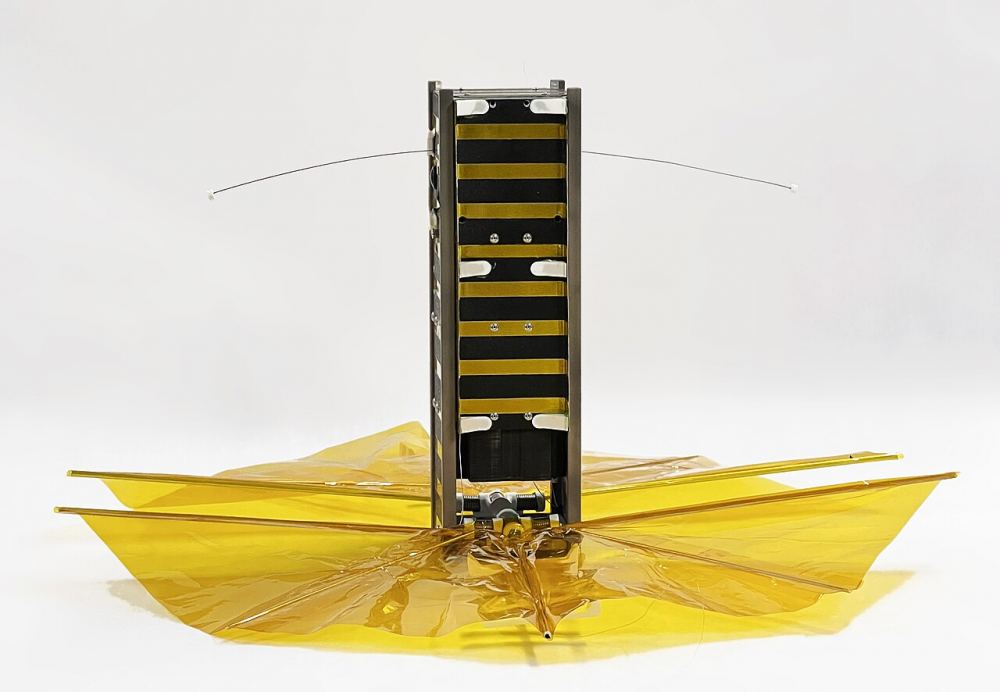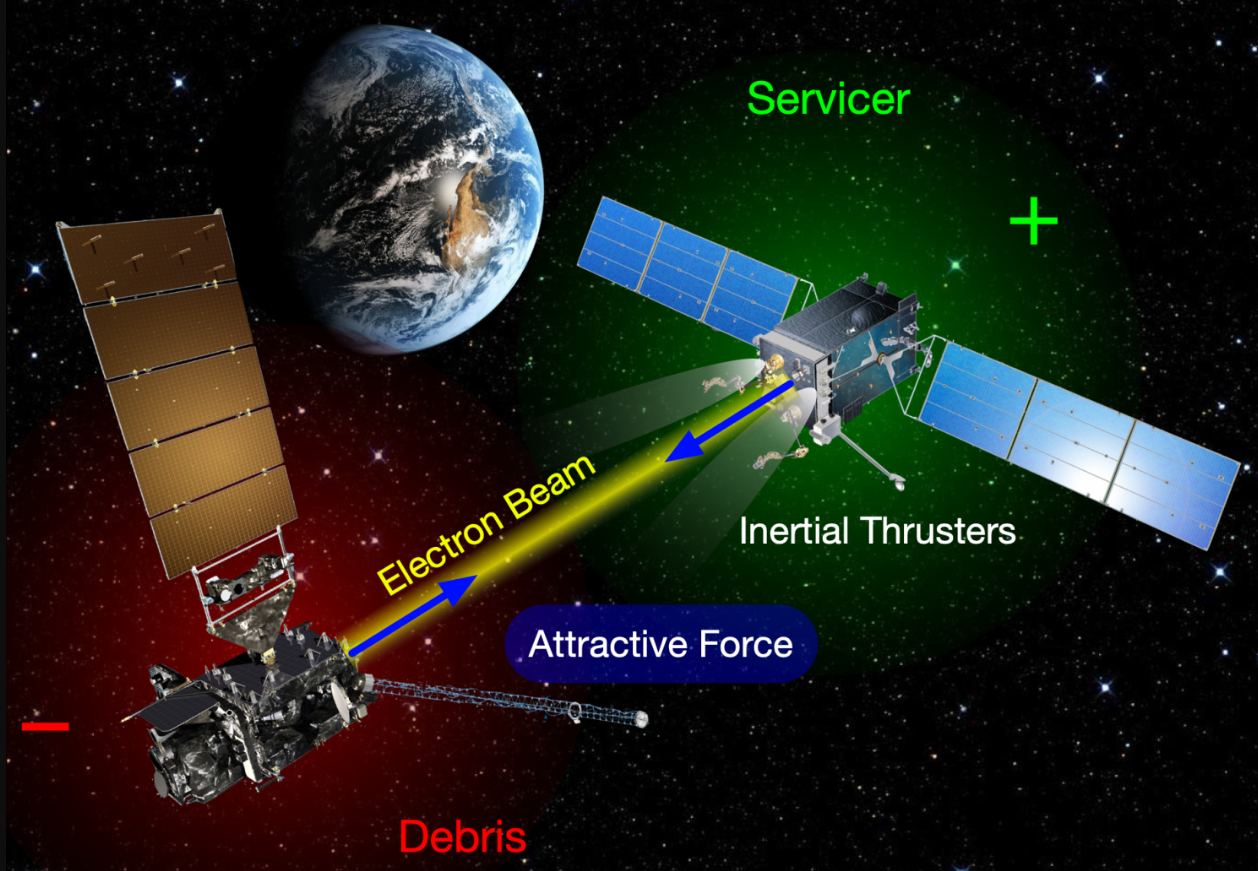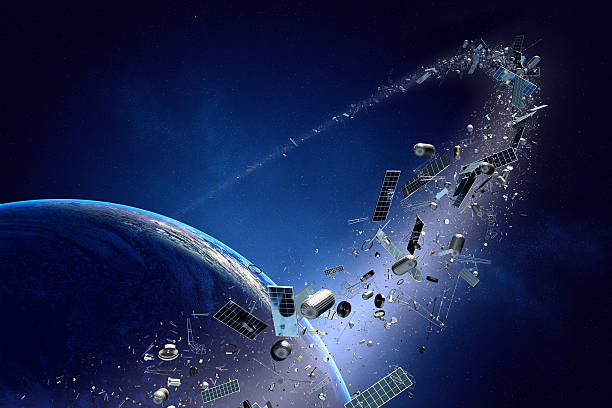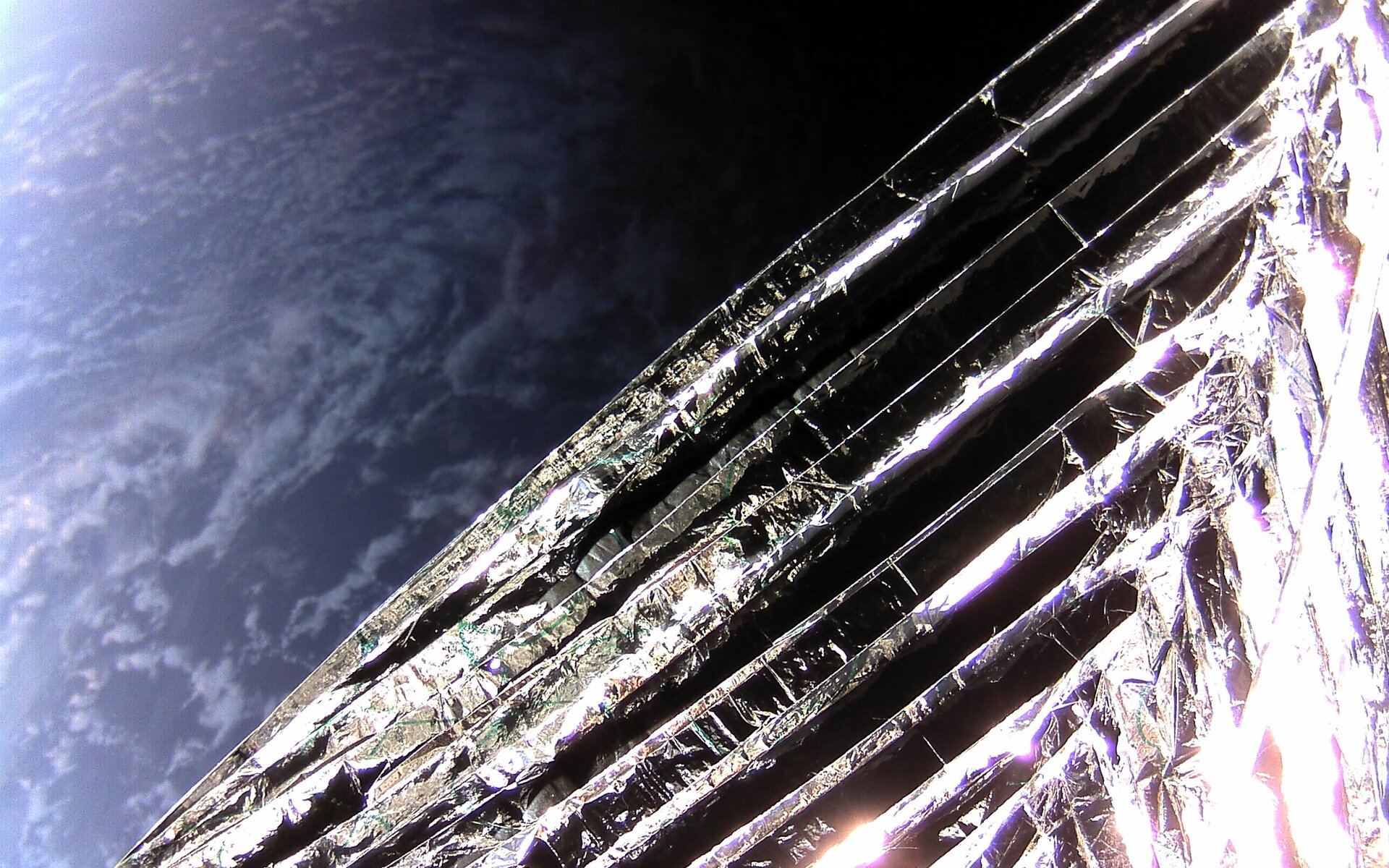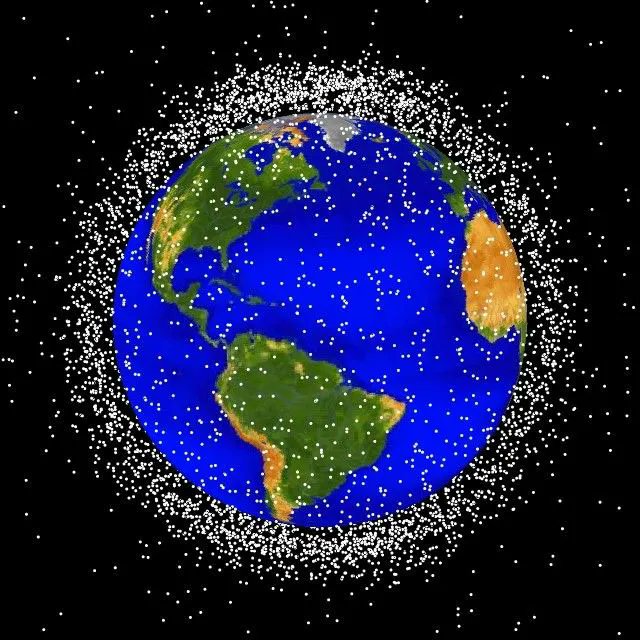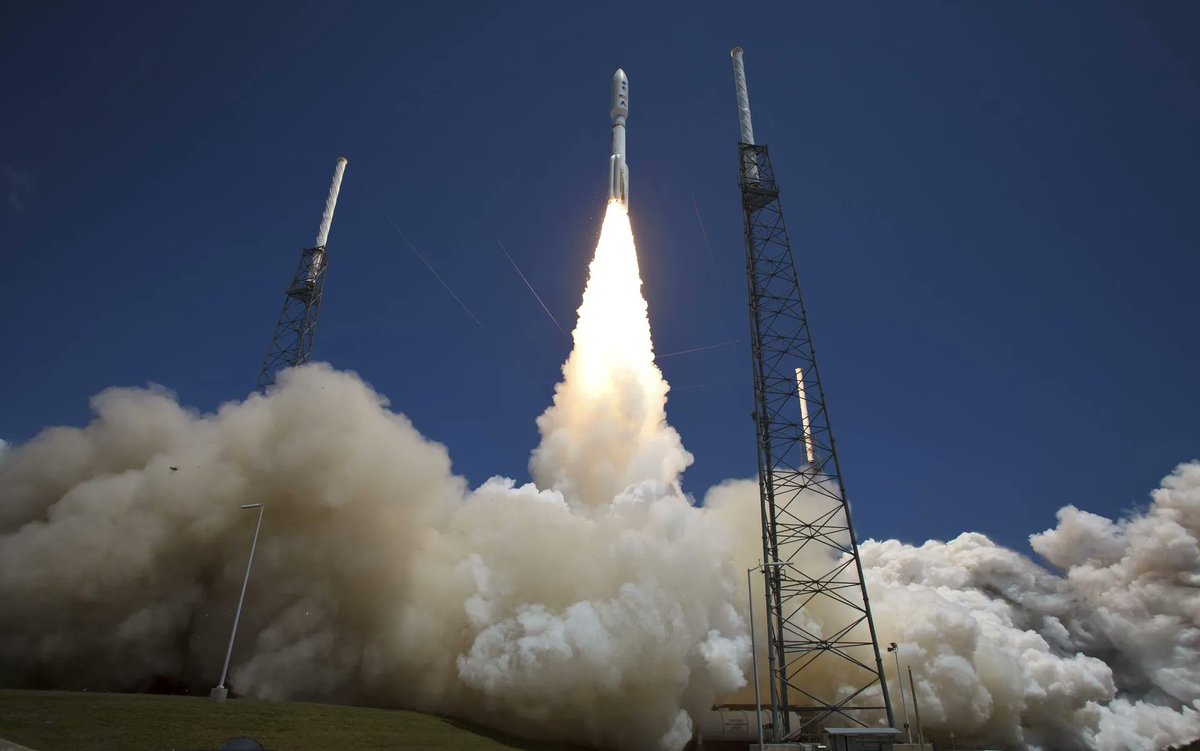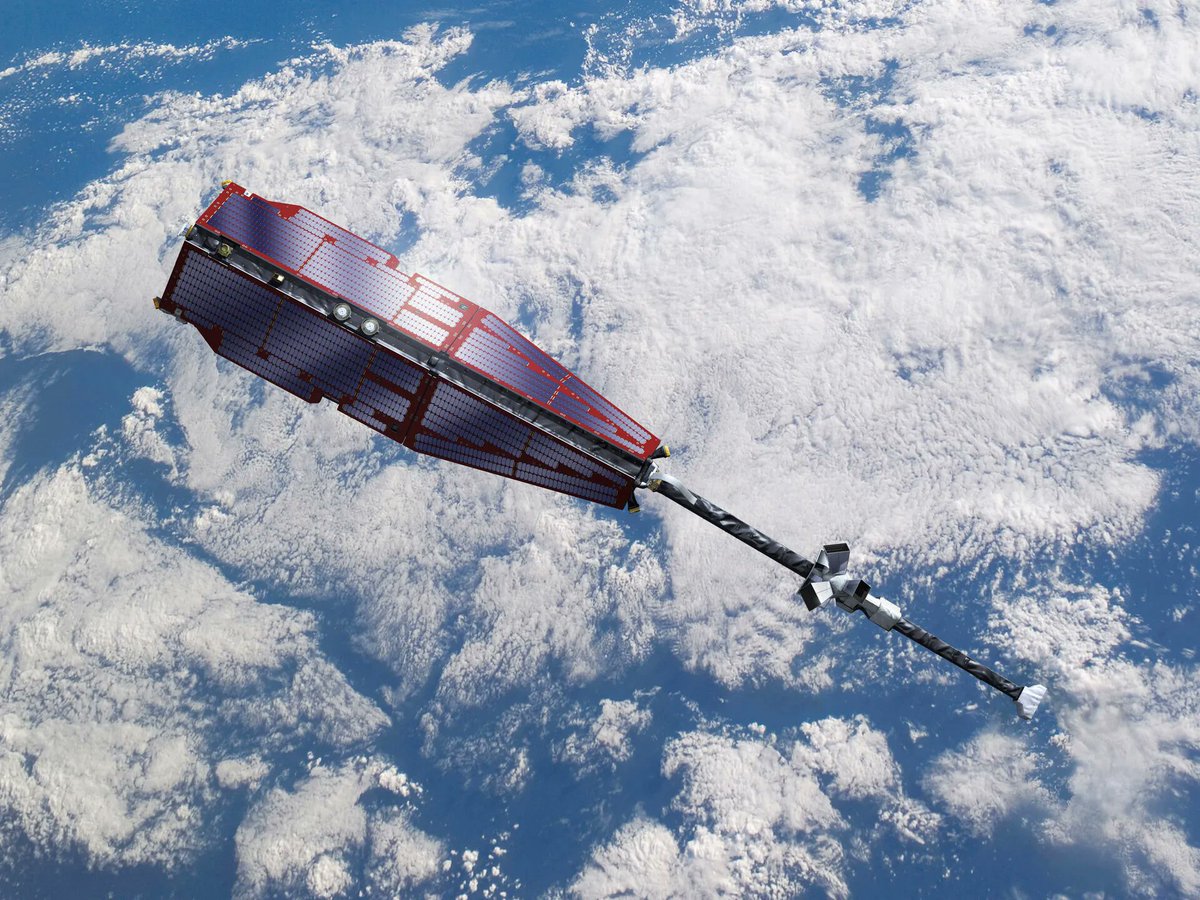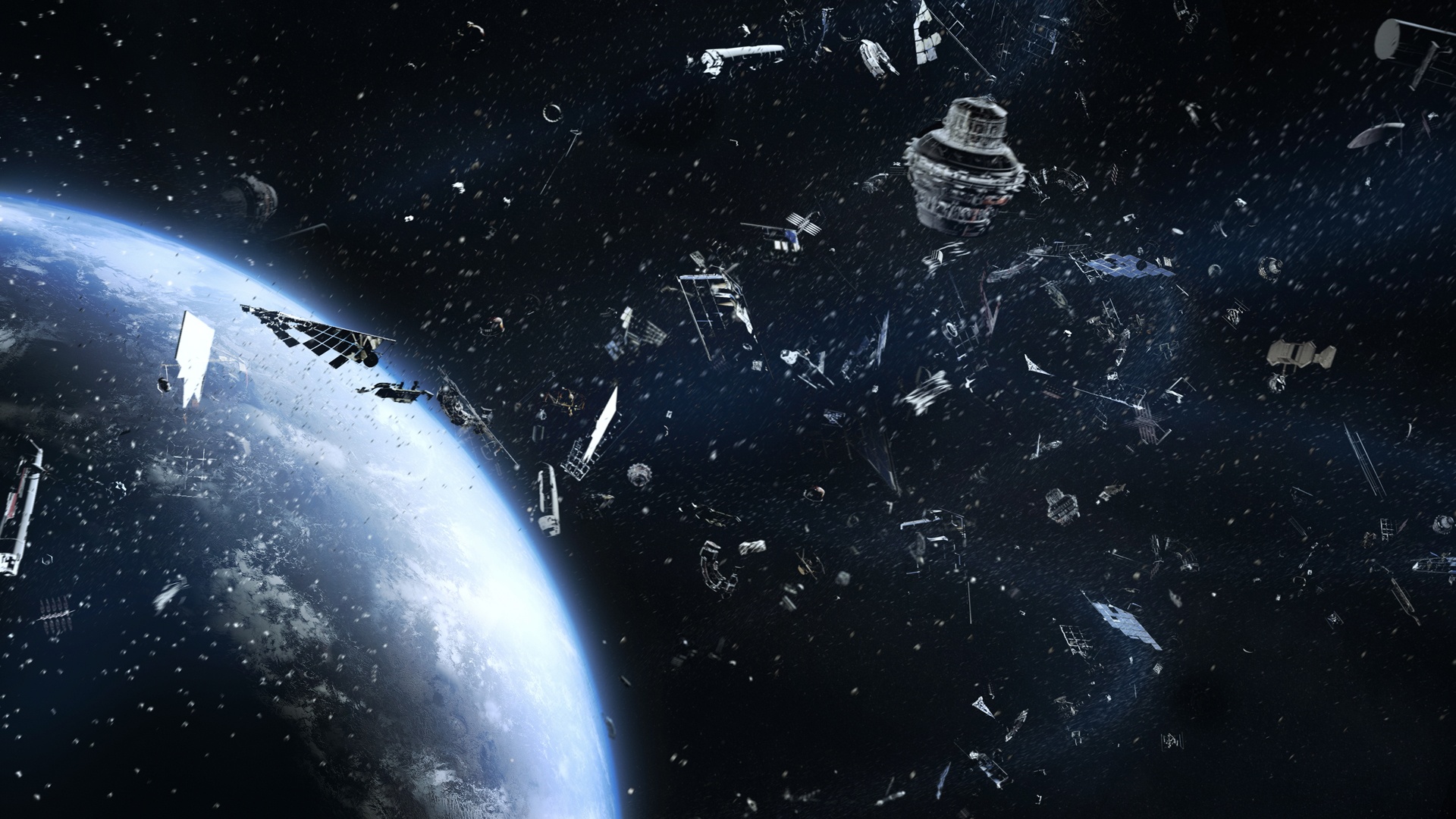According to the ESA’s Space Debris Office (SDO), there are about 31,630 debris objects in orbit that are regularly tracked by space surveillance networks. However, this only accounts for the larger objects and doesn’t include the (literally) millions of tiny bits of “space junk” that pollute Low Earth Orbit (LEO). According to the SDO, this includes an estimated 36,500 objects greater than 10 cm in diameter (~4 inches), 1 million space debris objects measuring between 1 cm to 10 cm (0.4 to 4 inches), and 130 million space debris objects measuring between 1 mm to 1 cm.
These objects pose a regular threat to the International Space Station (ISS) and will only worsen as satellite “mega-constellations” are deployed to LEO and humanity’s presence there grows. To simulate the dangers these impacts will pose to future missions, a team of Canadian engineers developed an Implosion-Driven Launcher (IDL) that would accelerate magnesium projectiles to hypervelocity – up to 10 kilometers a second (36,000 km/h; 22,370 mph). This gun will effectively simulate the damage micro-objects could inflict on future space stations, spacecraft, and satellites.
Continue reading “Engineers Build a gun That can Fire Projectiles at 10 km/s, Simulating High-Speed Space Debris Impacts”
